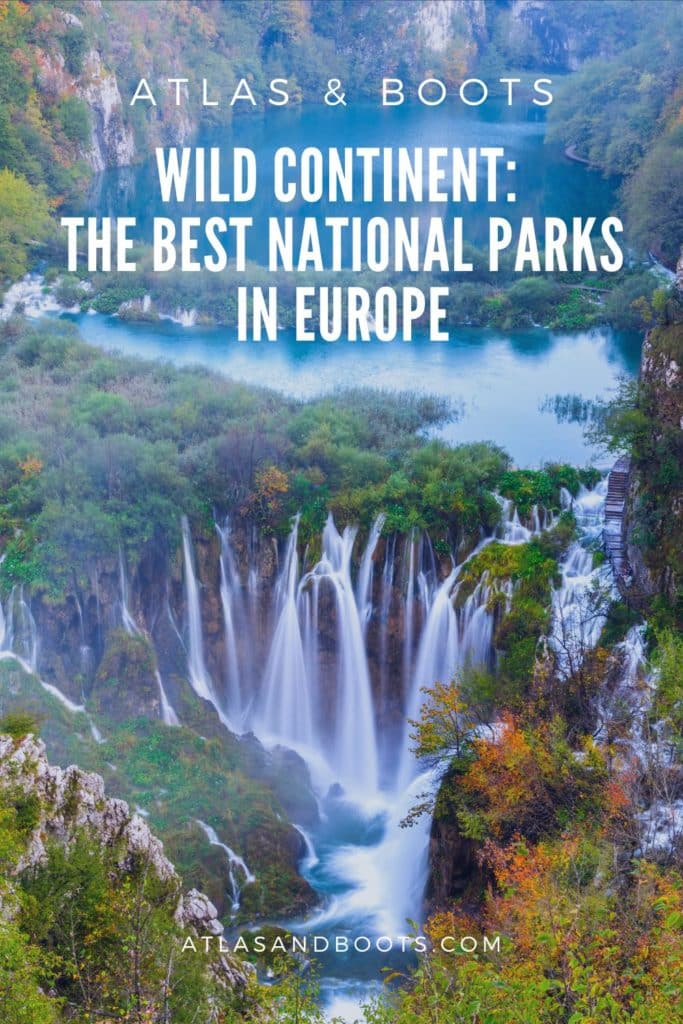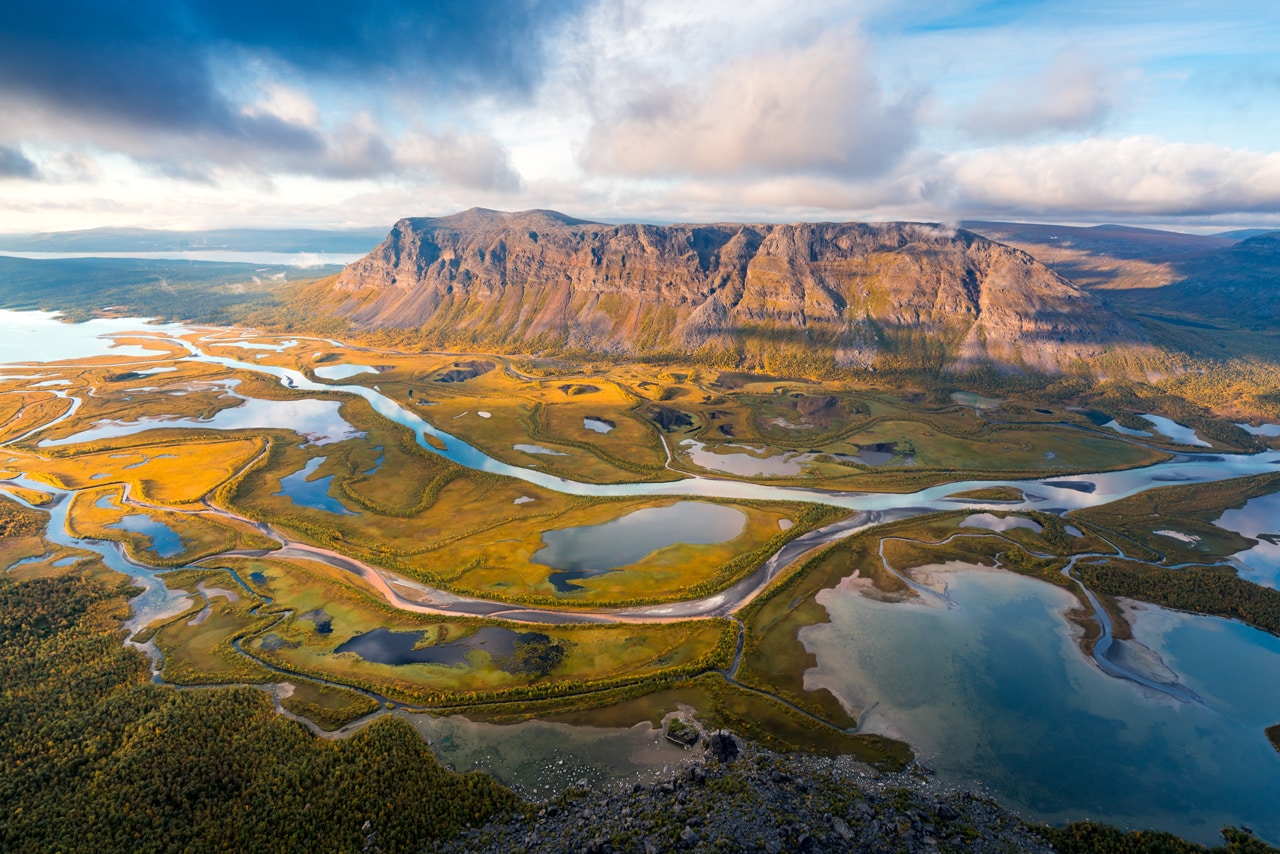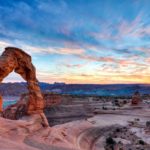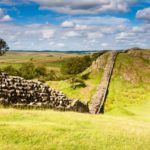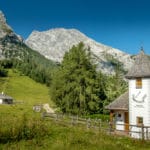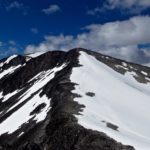The best national parks in Europe are home to vast tracts of wilderness, often overlooked by those who flock to its cities
When we think of wild continents, Europe is probably last in line. Asia’s fearsome mountains, South America’s lush rainforest and Africa’s vast savannah are surely more impressive. Europe in comparison is famous for its cities: London, Paris, Rome and their ilk.
But venture further and you’ll find gigantic glaciers, primeval forests and untouched tracts of wilderness. These areas are quite rightly protected in national parks. To help you explore the wild side of the continent, we share below the best national parks in Europe.
Jostedalsbreen National Park
Location: Norway
More info: Official site
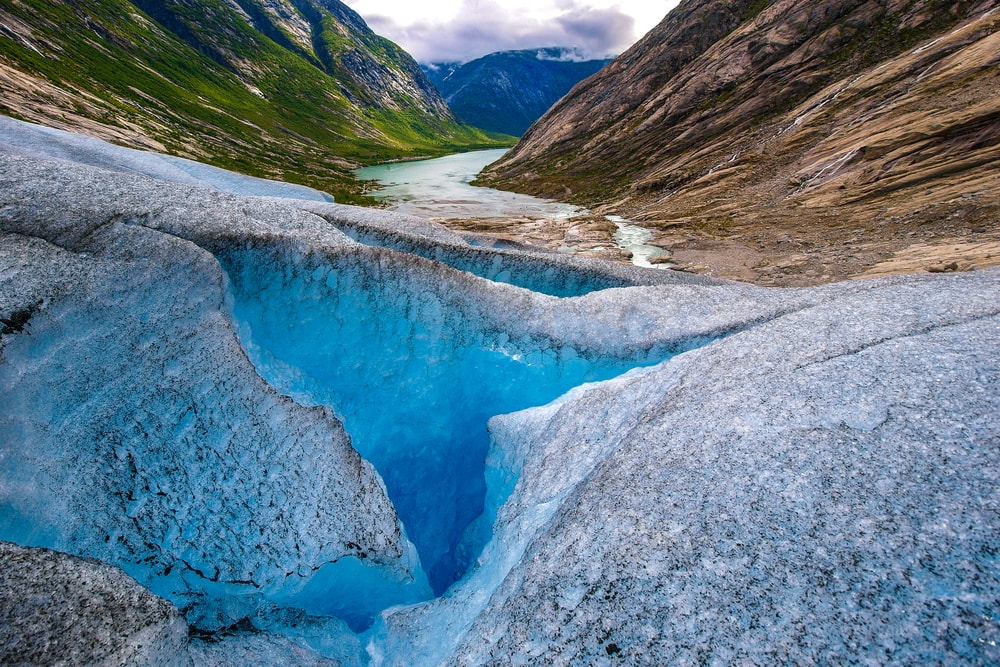
Jostedalsbreen National Park is home to the largest glacier on continental Europe (also named Jostedalsbreen). The glacier has shrunk in recent years, revealing the ruins of farms that were absorbed by the glacier from as long ago as 1750. Today, Jostedalsbreen is 487 sq km (188 sq mi) in area and 60km (37mi) in length, covering over half of the national park.
Sarek National Park
Location: Sweden
More info: Official site
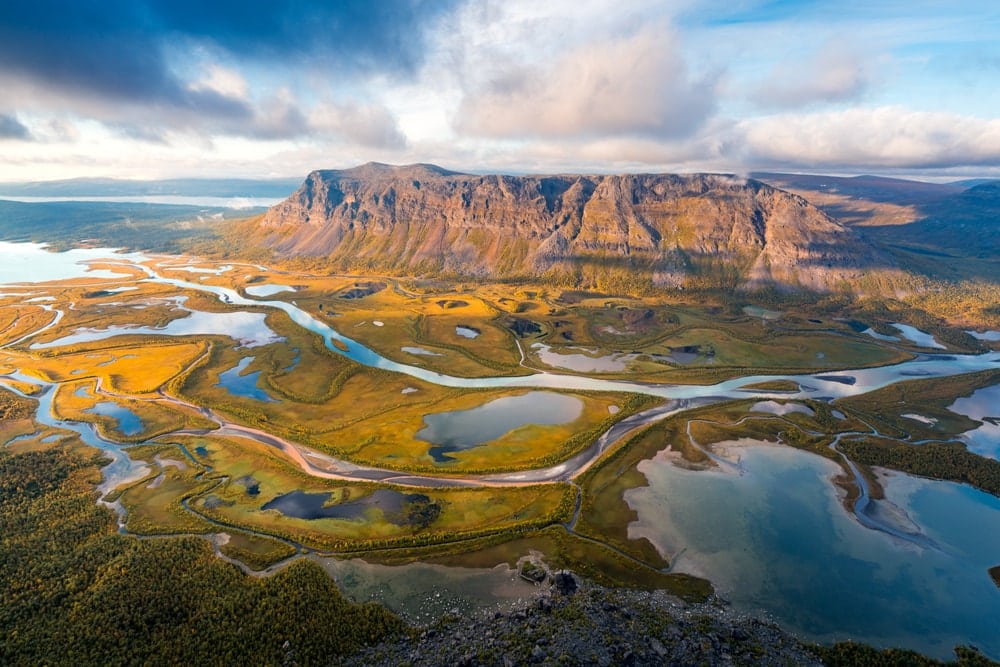
Sarek in Sweden’s Lapland is a survivalist’s dream. You need to be the adventurous type just to make it out here as there are no marked trails, cabins, or amenities that you may find elsewhere in Sweden. This is Europe’s last great wilderness so the going is slow and often arduous but the rewards are legion.
Plitvice Lakes National Park
Location: Croatia
More info: Official site
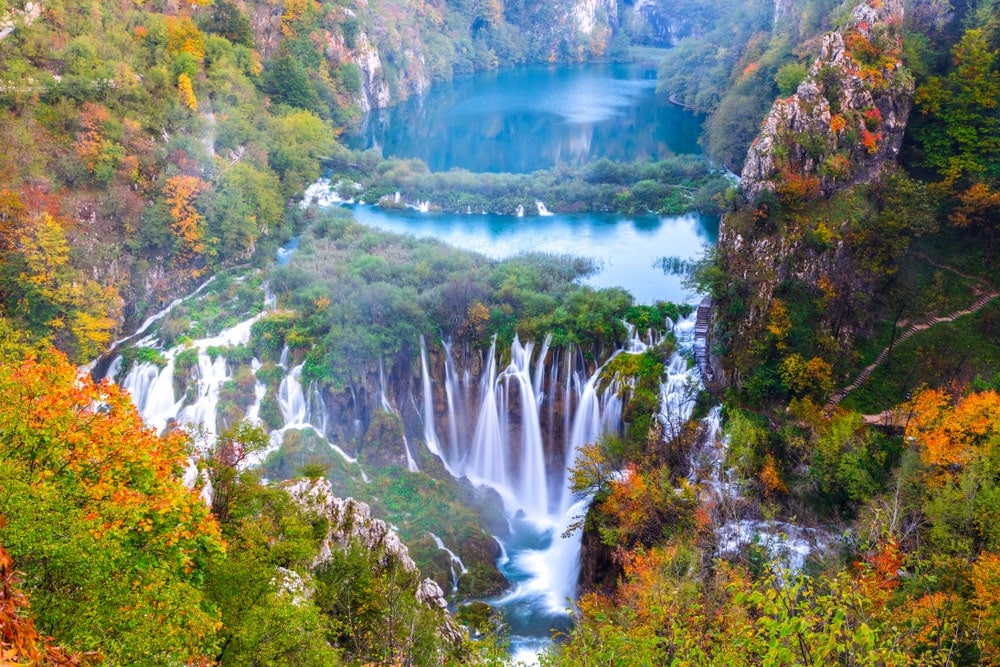
Croatia’s largest national park attracts over a million visitors every year. The main draw is the park’s 16 cascading lakes and their distinctive colours ranging from brilliant azure blues, greens and greys. The colour of the lakes’ water is constantly changing depending on the amount of minerals present and the angle at which the sunlight strikes.
Vatnajökull National Park
Location: Iceland
More info: Official site
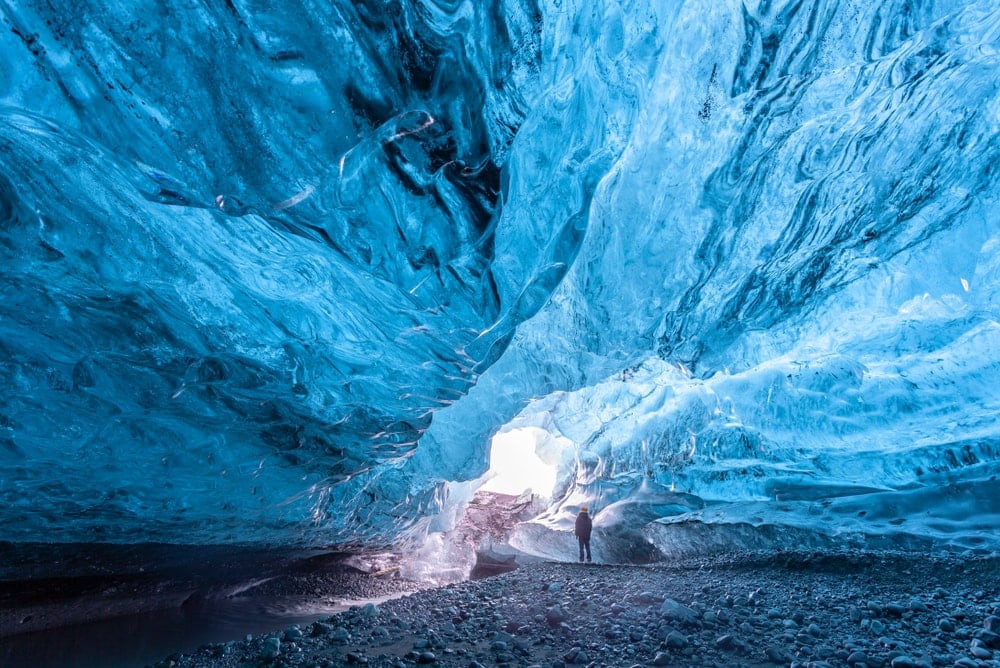
Where to begin? At 13,600 sq km (5,300 sq mi) Vatnajökull is Europe’s largest national park. It covers nearly 14% of Iceland’s entire surface area and is home to Europe’s largest glacier outside the Arctic as well as Europe’s most powerful waterfall, the titanic Dettifoss. Glacier hiking and ice-caving are just some of the adventure activities on offer.
Le Parc National des Pyrénées / Ordesa y Monte Perdido
Location: France / Spain
More info: Pyrénées official site / Ordesa official site
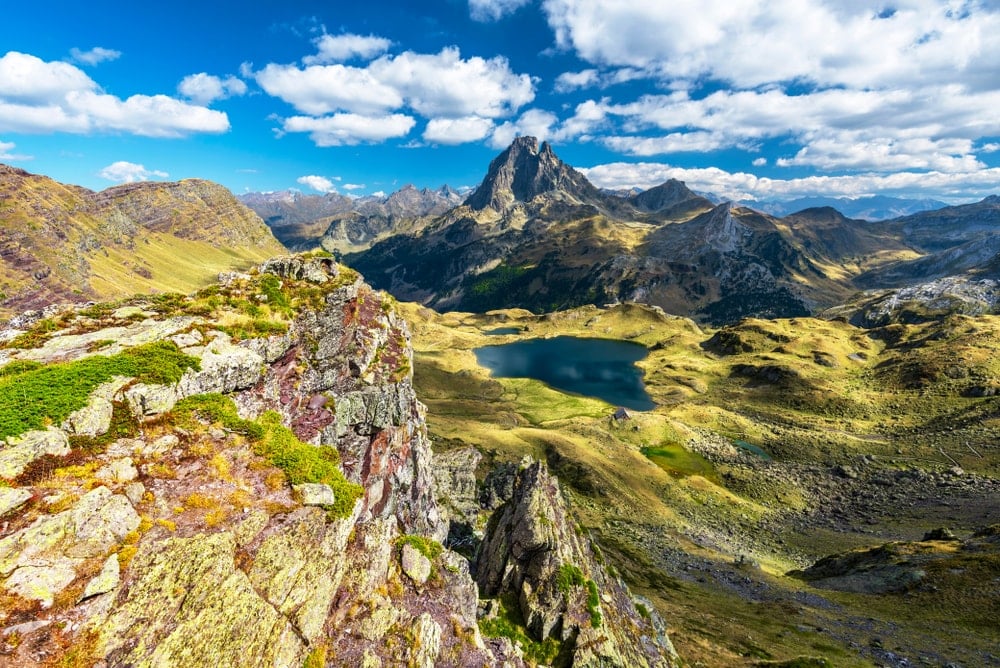
The Pyrénées is one of Europe’s premier hiking and mountaineering regions. The mountain range which forms a natural border between France to the north and Spain to the south is best explored through these two national parks. The parks share excellent wilderness and fauna, with wild camping allowed in France’s much larger Le Parc National des Pyrénées.
Gran Paradiso National Park
Location: Italy
More info: Official site
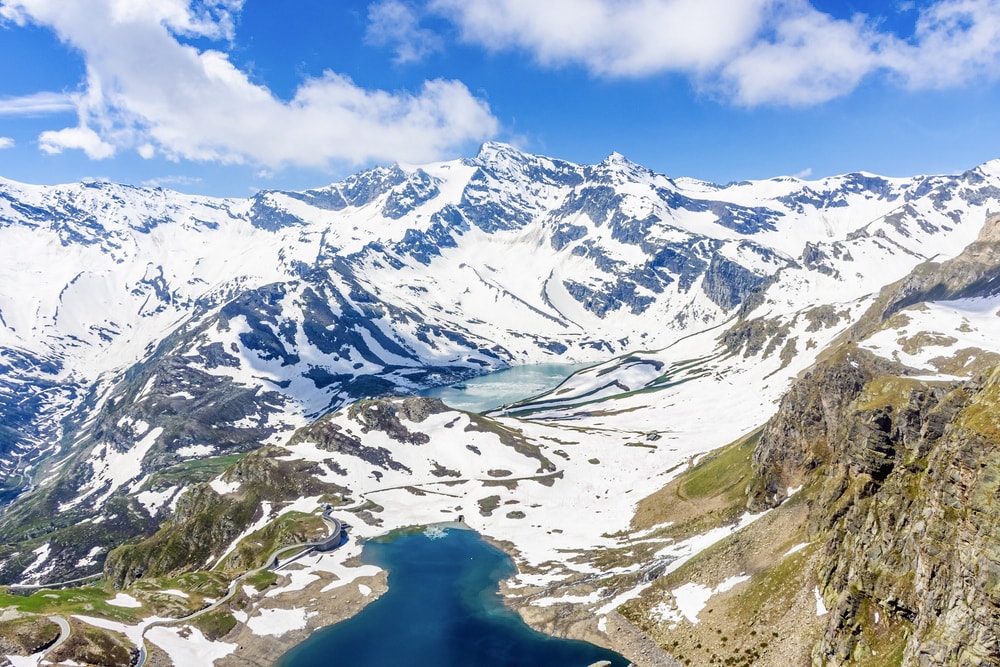
Italy’s first national park was established in 1922 and is home to its namesake, the 4,061m (13,323ft) Gran Paradiso Mountain. The park has some of Italy’s most rugged mountains and valleys but is easily accessible via several bus routes and trains in Italy. As such, Gran Paradiso is a popular destination with trekkers and skiers throughout the year. Trails are well marked and there are several well-maintained mountain rifugi and bivacchi (unoccupied shelters) throughout the region.
Berchtesgaden National Park
Location: Germany
More info: Official site
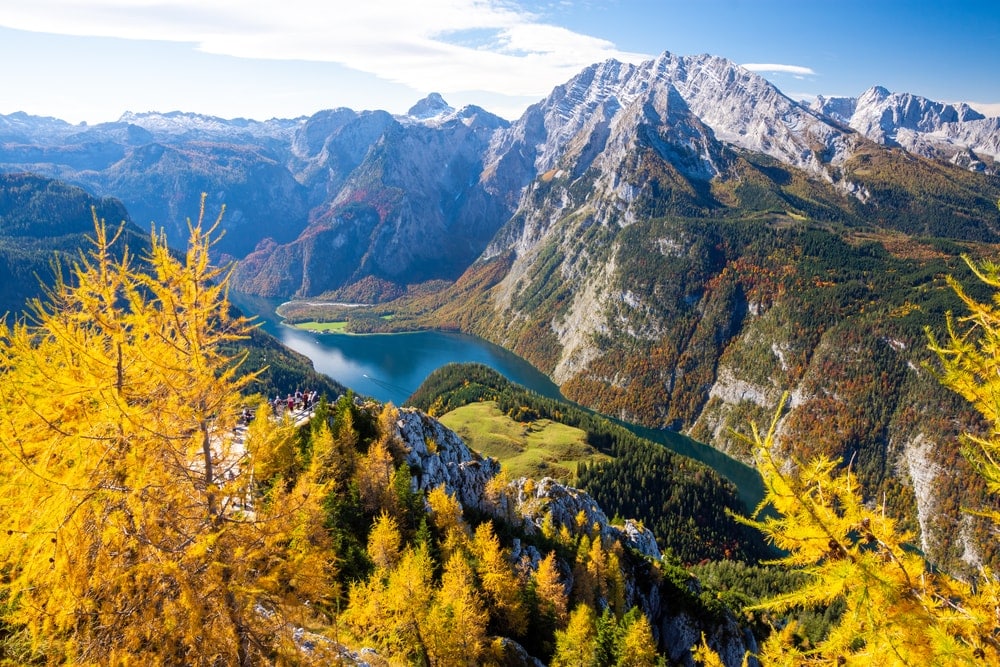
Germany has some of the best national parks in Europe, chief among them Berchtesgaden National Park. The only German national park in the Alps, Berchtesgaden offers jaw-dropping mountain scenery, glittering lakes and lush forests. Hiking trails abound including the dramatic Watzmann Traverse. Those less ambitious can explore Wimbachklamm gorge with its numerous waterfalls. Look out for wildlife including ibexes, marmots and even the golden eagle.
Prielbrusye National Park
Location: Russia
More info: Visit Russia
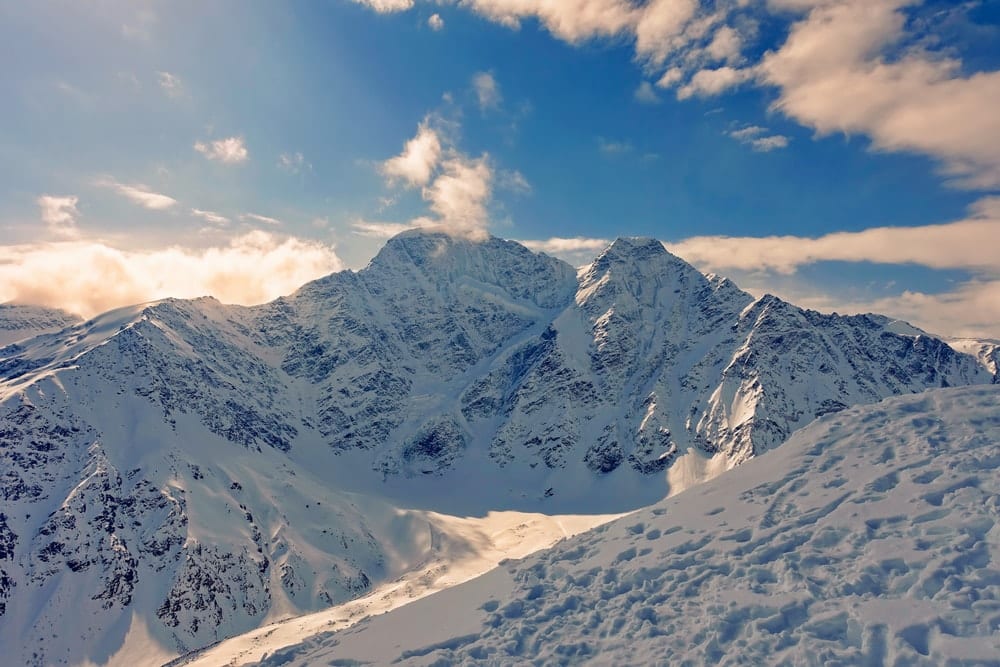
Home to Mt Elbrus (Europe’s highest mountain at 5,642m (18,510ft) and member of the seven summits). Prielbrusye National Park is a popular winter and mountaineering destination. The Baksan River that runs through the park has created soaring mountain peaks, plunging verdant valleys, bubbling mineral springs and deep cascading waterfalls.
Cairngorms National Park
Location: Scotland, UK
More info: Official site
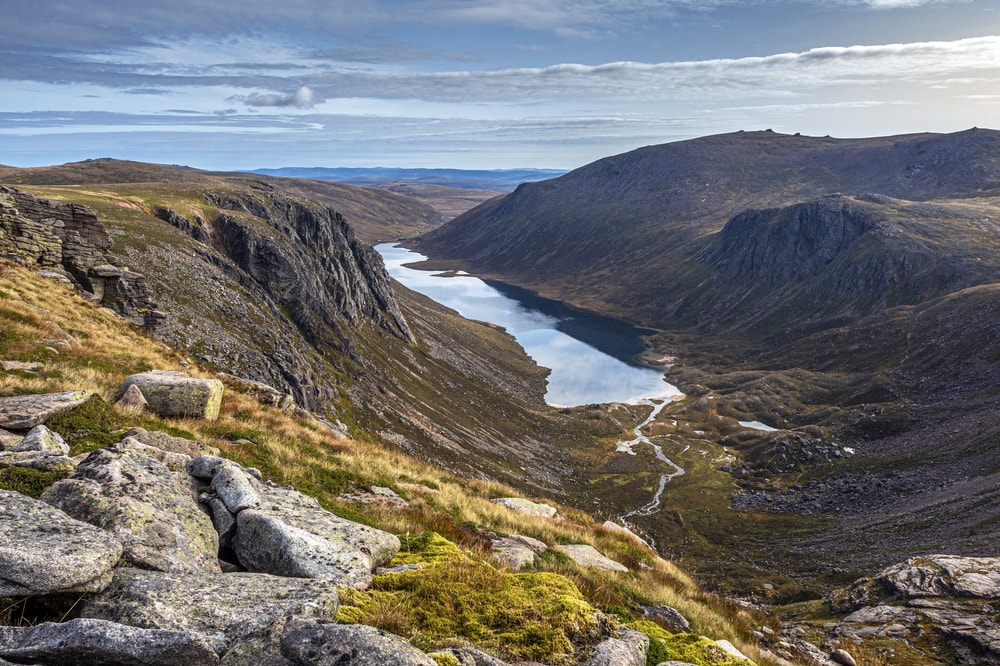
This area of Scotland in the heart of the Scottish Highlands holds a very special place in my heart. My early family holidays were here and years later I first learnt to strap on crampons and self-arrest with an ice axe in the Cairngorms. Scotland is still home to some of the most beautiful landscapes in the world in my opinion – the very best of them here in Britain’s largest and best national park. Wild camping is allowed throughout.
Tatra National Park
Location: Poland
More info: Poland Tourism
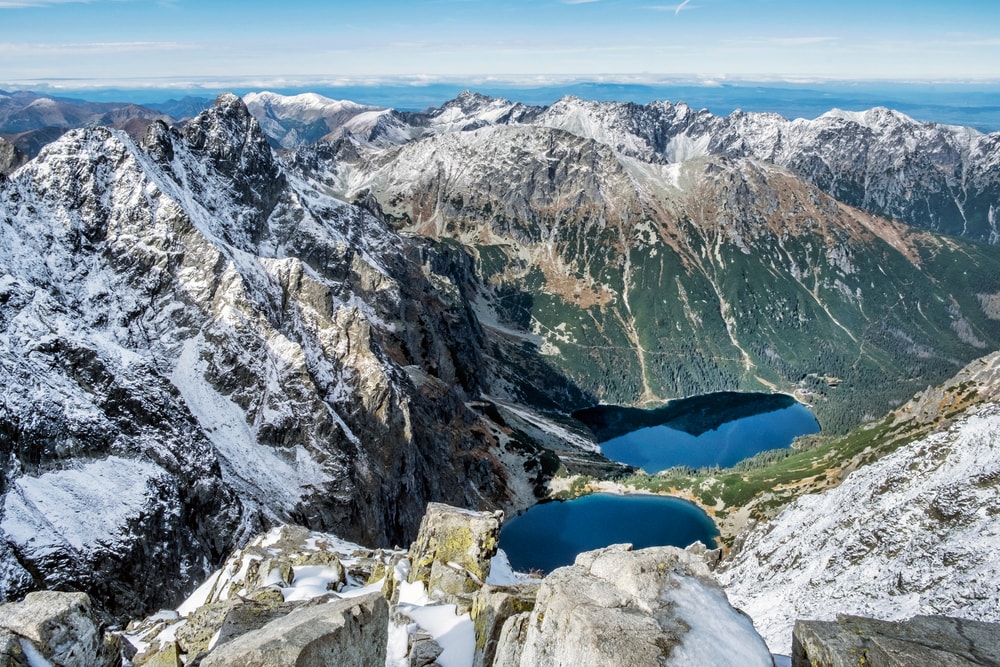
Defined by alpine peaks, glacial lakes, mountain caves and huge tracts of evergreen forests, this montane area of Poland is surprisingly easy to access. The Tatra mountains and their excellent trails and superb hiking infrastructure make this national park a popular destination for outdoor enthusiasts throughout central and eastern Europe.
Swiss National Park
Location: Switzerland
More info: Official site
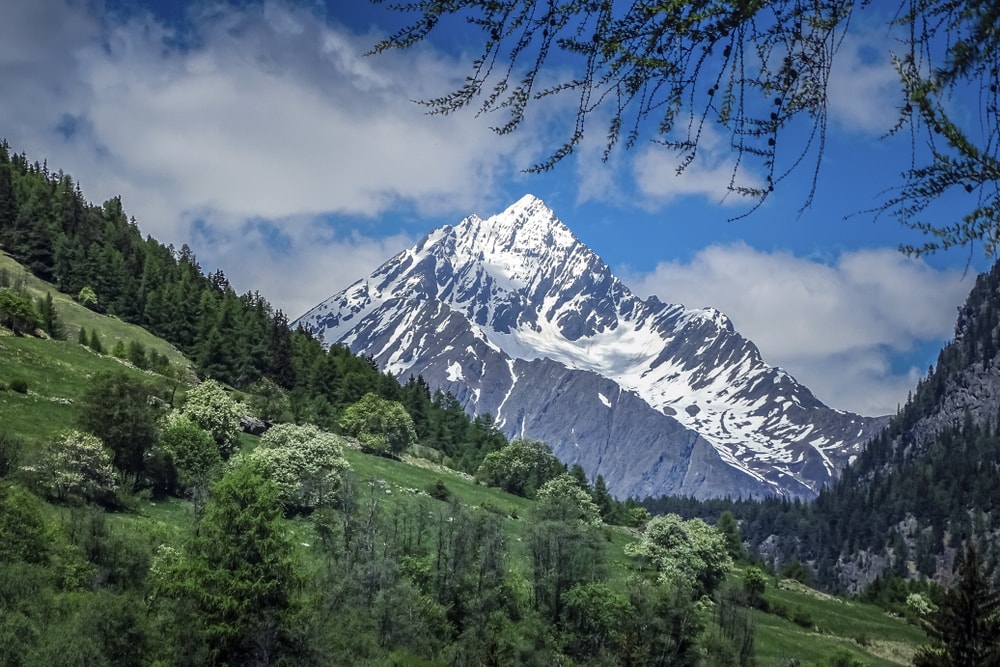
Located in a particularly impressive area of the ever-impressive Alps in Switzerland, this park has strict boundaries in place limiting human activity. This “total protection” philosophy is probably why it is so breathtakingly beautiful. Founded in 1914, it was one of the earliest national parks in Europe and surprisingly is still Switzerland’s only national park, although two other areas of Switzerland are currently applying for national park status.
Jotunheimen National Park
Location: Norway
More info: Official site
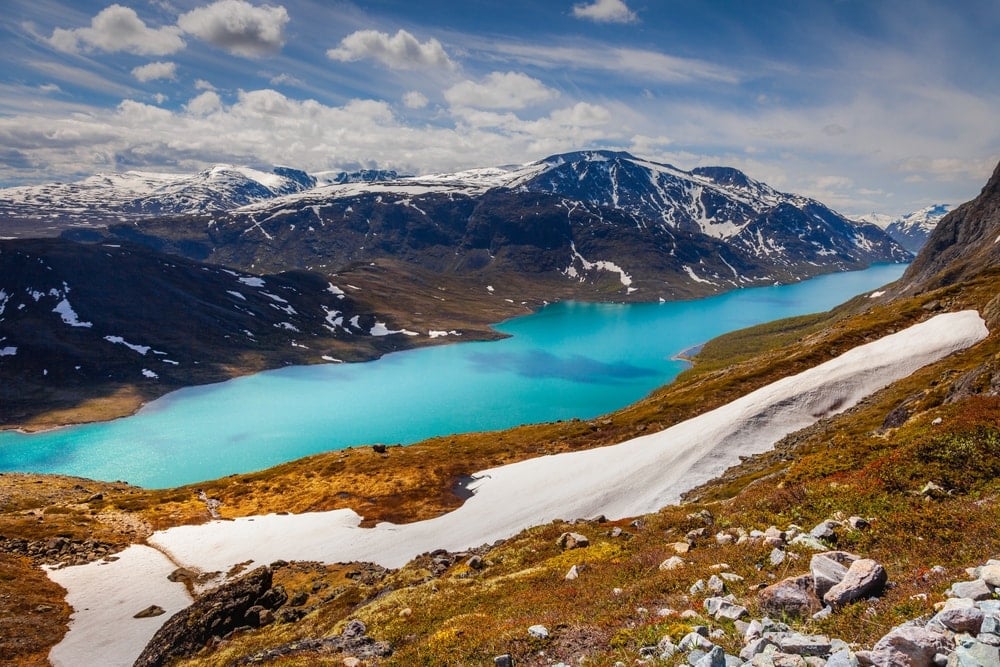
I love Norway which is why this is the country’s second appearance in this list of the best national parks in Europe. Despite being Norway’s most popular national park, Jotunheimen steel feels undisturbed – probably because it’s home to northern Europe’s highest concentration of mountains higher than 2,000m (6,500ft). Peppered with waterfalls, rivers, lakes, glaciers and valleys, it is also the land of Jotuns (mountain troll) although I haven’t seen any during my visits.
Enjoyed this post? pin it for later…
